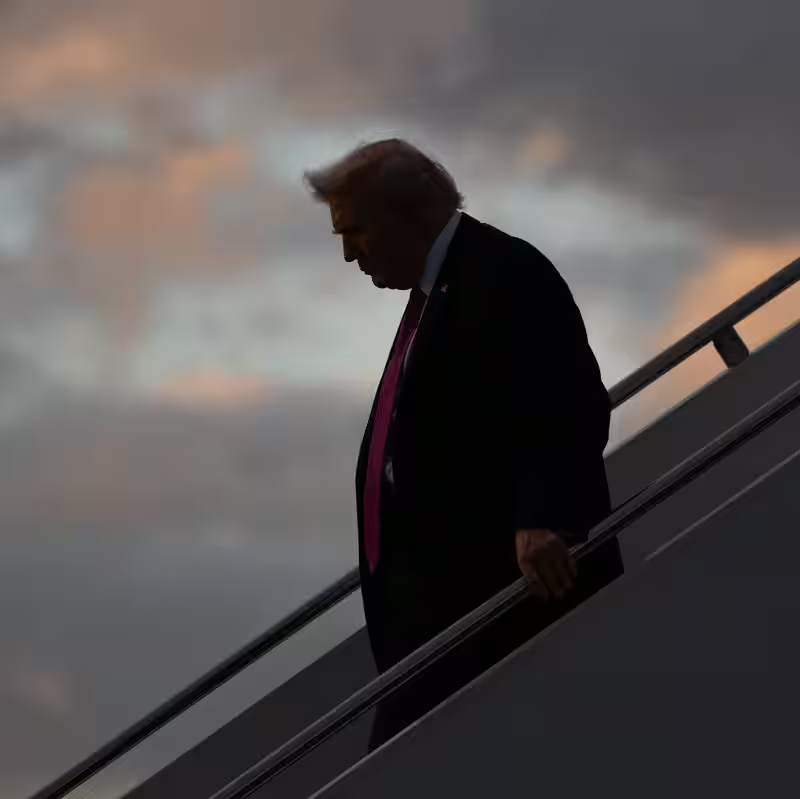President Donald Trump’s high-stakes Asia tour is more than just handshakes and photo ops—it’s a full-throttle bid to reassert American influence through his signature blend of deal-making and diplomacy. From Kuala Lumpur to Gyeongju, Trump is pitching himself as both peacemaker and negotiator, even as wary allies and rivals alike demand clarity on tariffs and long-term strategy .
Table of Contents
- Tour Itinerary: Where Trump Went
- The Trump-Xi Meeting: What’s at Stake?
- Tariff Tensions and Trade Hopes
- How Asia Is Responding
- Sources
Tour Itinerary: Where Trump Went
Trump’s whirlwind trip included stops in:
- Kuala Lumpur, Malaysia – Focused on investment pledges and bilateral trade.
- Tokyo, Japan – Met with Japan’s new Prime Minister to discuss defense and semiconductor partnerships .
- Gyeongju, South Korea – Hosted a historic summit with Chinese President Xi Jinping on neutral ground .
Trump-Xi Meeting: A Make-or-Break Moment
The centerpiece of the tour was Trump’s first face-to-face meeting with Xi Jinping since returning to office. Held in the ancient Korean city of Gyeongju, the summit aimed to de-escalate mounting trade and tech tensions. According to insiders, Trump pushed for a “landmark deal” to stabilize U.S.-China relations—though analysts remain skeptical given past volatility .
Key discussion points included:
| Issue | U.S. Position | China’s Stance |
|---|---|---|
| Tariffs | Seeking relief for U.S. exporters | Demanding removal of all Section 301 tariffs |
| Technology | Restricting chip exports to China | Pushing for tech self-reliance |
| Regional Security | Strengthening alliances with Japan & Korea | Opposing U.S. military presence in South China Sea |
Tariff Tensions and Trade Hopes
Asian economies, long battered by Trump’s hardball trade policies, are cautiously optimistic. Malaysia and South Korea have both signaled interest in new bilateral agreements that could ease tariff burdens . However, without concrete commitments, many fear this tour is heavy on rhetoric but light on results.
How Asia Is Responding
Reactions across the region are mixed:
- Japan: Welcomed stronger defense ties but urged consistency on trade.
- South Korea: Praised the symbolic value of hosting the Trump-Xi summit.
- ASEAN nations: Hopeful for investment but wary of being caught in U.S.-China crossfire .
While Trump casts himself as a global dealmaker, the real test lies in whether these diplomatic gestures translate into durable policy—not just headlines .




